14 Flowers to Plant in September for Gorgeous Blooms Next Season
September is a great time to plan ahead for a beautiful garden next season. By sowing certain flowers this month, you can ensure a stunning display of color and fragrance in the months to come. The cooler weather is perfect for planting seeds that will bloom when spring arrives. If you want to get a jumpstart on your garden, now is the time to act. Planting in September also gives your flowers time to establish strong roots before the cold weather sets in.
This post may contain affiliate links, which helps keep this content free. Please read our disclosure for more info.
Pansies
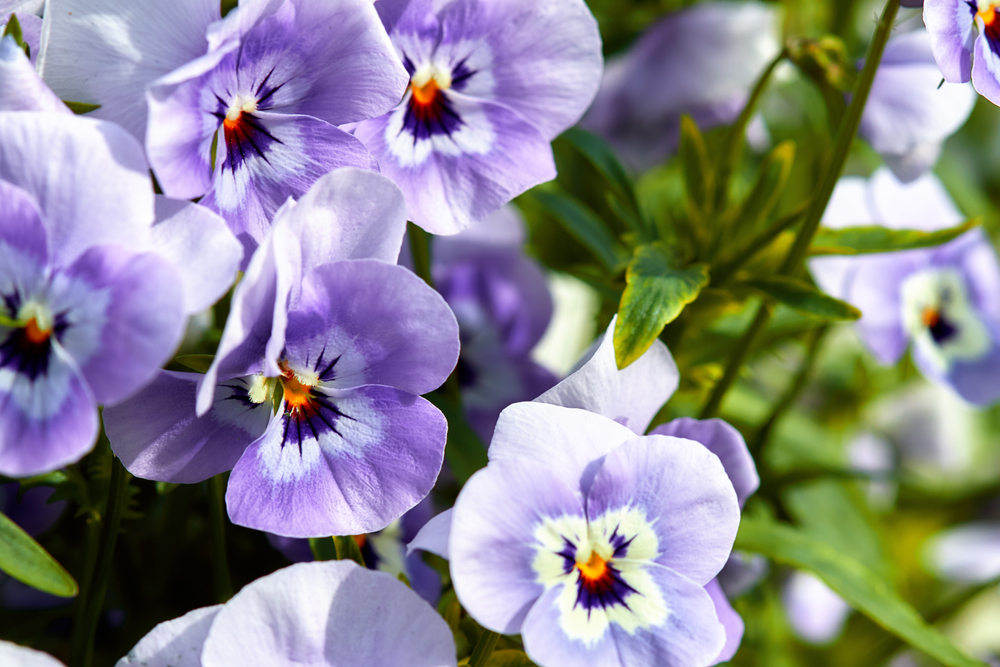
Pansies are a popular flower that thrives when sown in September. This cool-season flower can tolerate lower temperatures, making it an ideal choice for planting in fall. Sowing pansies in September ensures they are well-established before the winter frost, allowing them to bloom early in spring. Their vibrant colors range from purple to yellow, making them a standout in any garden. They are also easy to grow in containers or flower beds, adding versatility to their appeal.
To care for pansies, plant them in well-drained soil and place them in an area that gets partial to full sun. They require regular watering but should not be overwatered, as this can cause root rot. Fertilizing them in early spring will encourage a stronger bloom. Pansies are also low-maintenance, making them a perfect choice for beginner gardeners. Their ability to withstand cool temperatures makes them an excellent option for fall planting.
Sweet Peas
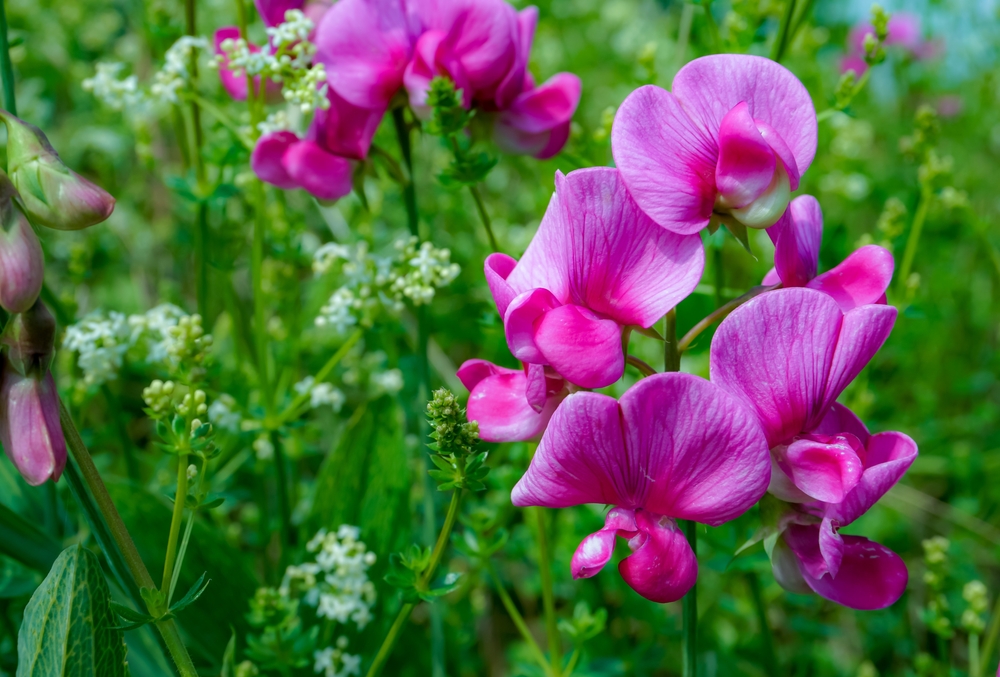
Sweet peas are another excellent choice for sowing in September, especially for a spring bloom. These fragrant flowers are well-known for their climbing nature and colorful blossoms. By planting sweet peas in the fall, they get a head start on the growing season, which leads to earlier and more abundant blooms in spring. Sweet peas thrive in cooler temperatures, making the fall months an ideal time to plant. They will often bloom from late spring to early summer, filling your garden with both color and fragrance.
Plant sweet peas in a sunny spot with well-drained soil to ensure healthy growth. They grow best when provided with a trellis or some support to climb. Water them regularly to keep the soil moist but not soaked. A slow-release fertilizer can be applied in the spring for better growth. Sweet peas are perfect for gardeners who want a long-lasting, fragrant display in their gardens.
Foxgloves
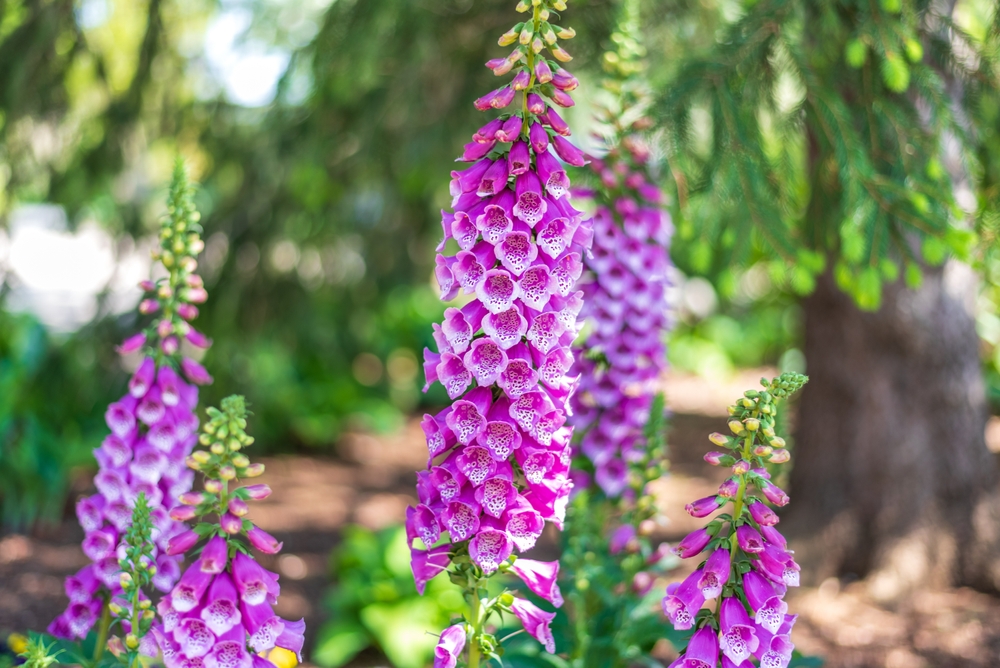
Foxgloves are beautiful, tall flowers that produce striking blooms in various colors, including pink, purple, and white. Sowing them in September gives them enough time to establish strong roots before the colder months arrive. These plants prefer the cooler temperatures of fall for germination, leading to robust plants by the time spring arrives. By planting foxgloves now, you will enjoy their tall, showy blooms in late spring or early summer. Their height and vibrant colors make them a focal point in any garden.
Foxgloves thrive in rich, well-drained soil and should be planted in a spot that receives partial shade. These plants are ideal for adding height to flower beds or borders. Water them regularly, but ensure the soil does not become too soggy. Foxgloves are fairly low-maintenance, but they do benefit from a bit of fertilizing in the spring. Keep in mind that they are biennial, so they will not bloom until their second year.
Tulips
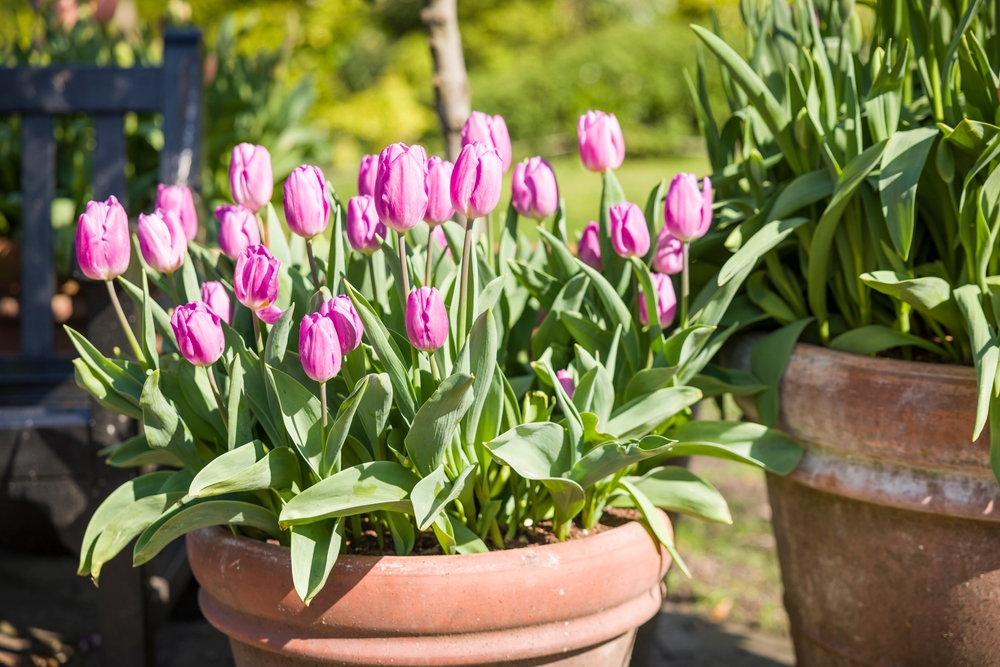
Tulips are one of the most classic flowers to sow in September for a beautiful spring display. Planting tulip bulbs in fall allows them to establish roots during the winter, ensuring they bloom beautifully once the weather warms up. These flowers come in a variety of colors and shapes, making them a versatile addition to any garden. By planting tulips in September, you are giving them the necessary time to prepare for a vibrant bloom next season. Their early spring bloom will be a delightful surprise after the winter chill.
To plant tulips, choose a well-drained spot with full sunlight. Bulbs should be planted about 6 inches deep to protect them from extreme cold. Tulips do not need frequent watering during the winter months, but once spring arrives, water them consistently. Apply a balanced fertilizer in the spring to encourage healthy growth. After blooming, remove the spent flowers to prevent the plant from wasting energy, but leave the foliage until it dies back naturally.
Daffodils
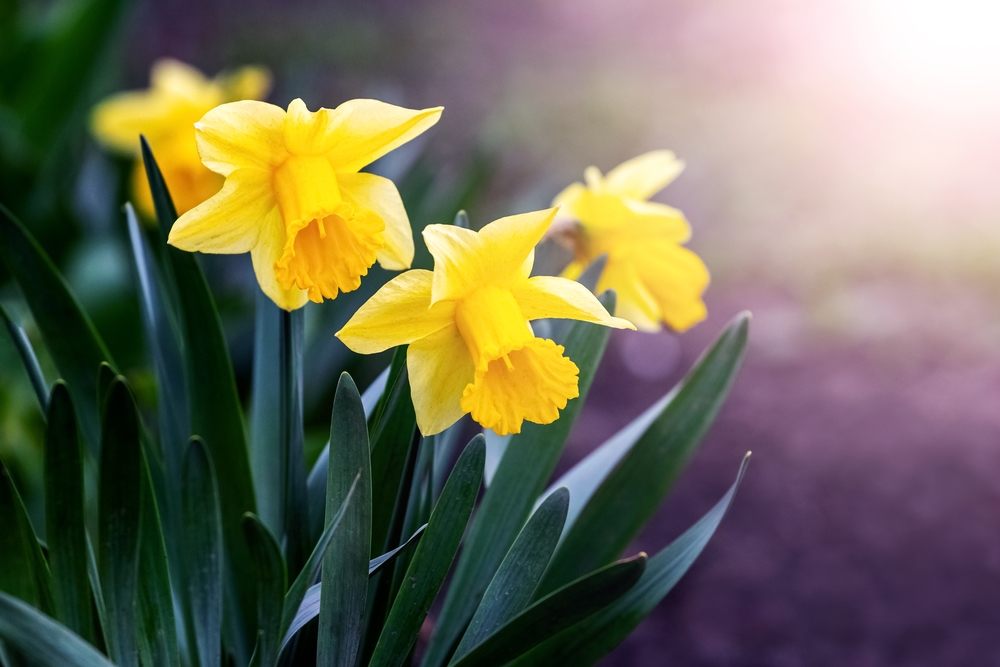
Daffodils are another fall-planted flower that provides an early spring bloom. By sowing daffodil bulbs in September, you ensure they have enough time to establish a strong root system before the ground freezes. Their cheerful yellow or white flowers are a classic sign of spring, making them a favorite among gardeners. Daffodils are hardy plants, and once planted, they will return year after year, providing long-lasting beauty to your garden. September is the best time to plant daffodils, as it gives them a jump-start for the spring growing season.
Daffodils prefer well-drained soil and a spot that receives full sunlight. When planting, ensure the bulbs are placed about 4 to 6 inches deep in the soil. Water them thoroughly after planting, but be careful not to overwater. Fertilizing them with a bulb-specific formula in the spring can help promote healthy blooms. These low-maintenance flowers are perfect for gardeners looking for a simple yet beautiful spring display.
Primroses
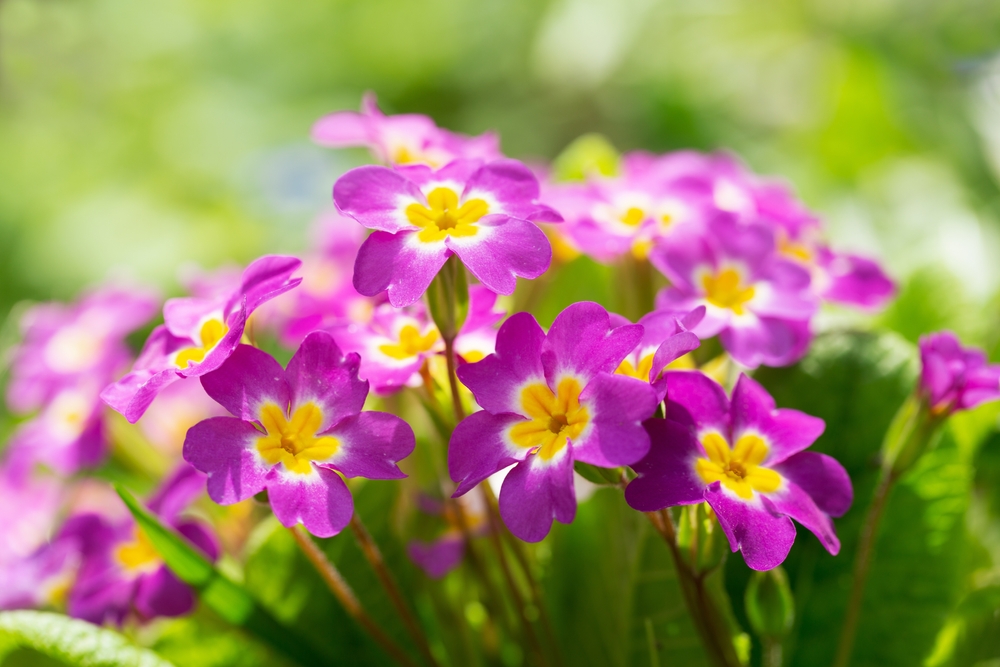
Primroses are a wonderful flower to plant in September for a stunning bloom next season. These early bloomers can be sown in fall to establish themselves before winter. Primroses thrive in cool temperatures and will reward you with bright, colorful flowers in early spring. They come in a variety of colors, including yellow, pink, and purple, making them a cheerful addition to any garden. By sowing primroses in September, you allow the plants to develop strong roots, ensuring they will bloom profusely in spring.
Primroses prefer rich, well-drained soil and should be planted in an area that gets partial to full shade. Regular watering is essential, especially during dry spells, but make sure the soil is not too wet. Primroses benefit from a light application of fertilizer in early spring to encourage healthy growth. These plants are perfect for adding color to shaded areas, as they thrive in lower-light conditions. Primroses are a fantastic choice for gardeners looking for a reliable and colorful spring flower.
Hellebores
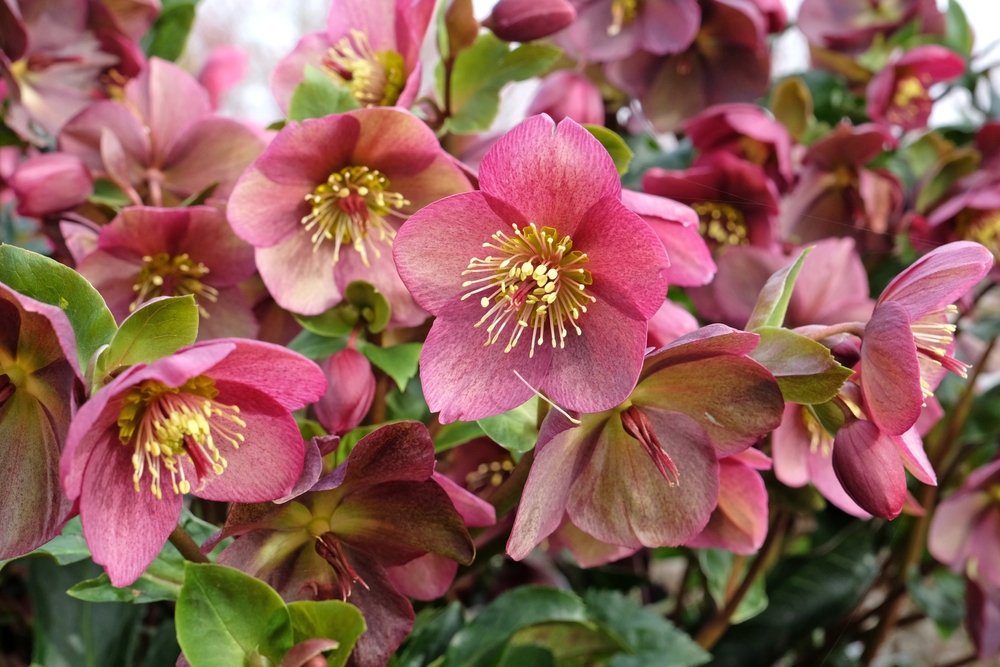
Hellebores, also known as the Christmas rose, are known for their early blooms in winter or early spring. Planting them in September gives the plants ample time to establish strong roots before the colder months arrive. These perennial flowers can last for many years, offering consistent blooms year after year. Hellebores come in a range of colors, including white, pink, and deep burgundy, adding elegance to any garden. Sowing them in September ensures they will bloom earlier and more reliably in the spring.
Hellebores thrive in well-drained, slightly alkaline soil and should be planted in a shaded area of the garden. They are drought-tolerant once established, but regular watering is needed during dry spells. A slow-release fertilizer applied in early spring can help promote strong blooms. Hellebores are low-maintenance and will continue to bloom for many years with minimal care. These flowers are perfect for adding winter interest to your garden and attracting early-season pollinators.
Nigella
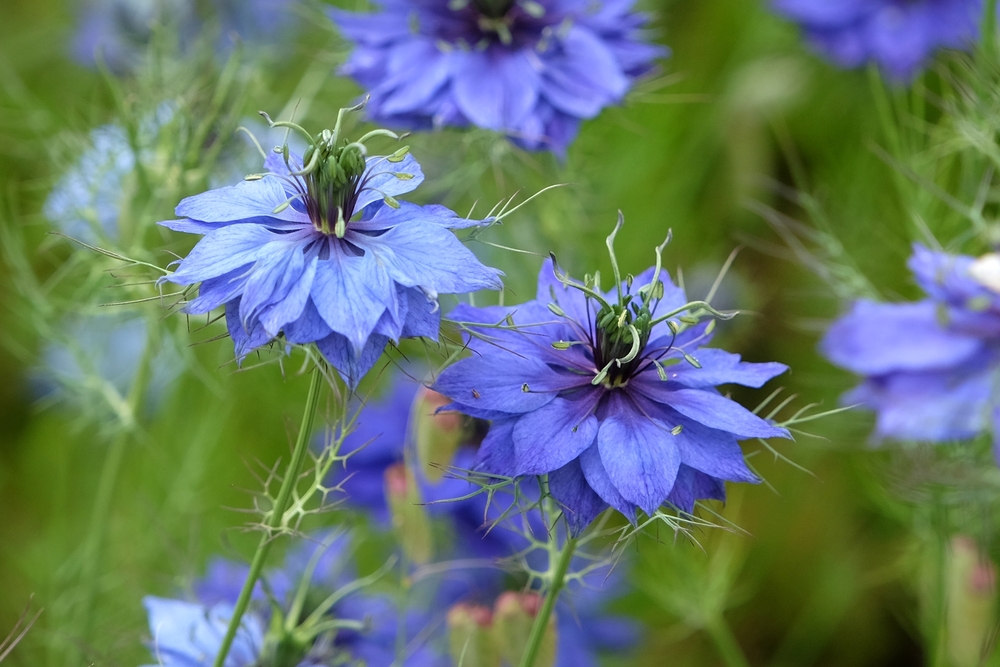
Nigella, often called Love-in-a-Mist, is a unique and beautiful flower that can be planted in September for a stunning display the following spring. This easy-to-grow annual produces delicate, lacy foliage with striking blue or white flowers. By sowing nigella in fall, you allow the seeds to go through the natural winter chill, which helps them germinate when the weather warms up. The flowers are known for their exotic appearance and are perfect for adding texture and interest to garden beds. Nigella blooms in late spring to early summer, providing long-lasting color in the garden.
Nigella thrives in well-drained soil and full sun, although it can tolerate partial shade. Water the plant regularly, but avoid overwatering, as this can cause root rot. Once the flowers fade, let the seed pods develop to add more visual interest to the plant. Nigella is an easy plant to care for, making it an excellent choice for gardeners who want a low-maintenance flower that delivers beautiful results. With its distinctive look and vibrant color, Nigella will enhance any garden.
Lupins
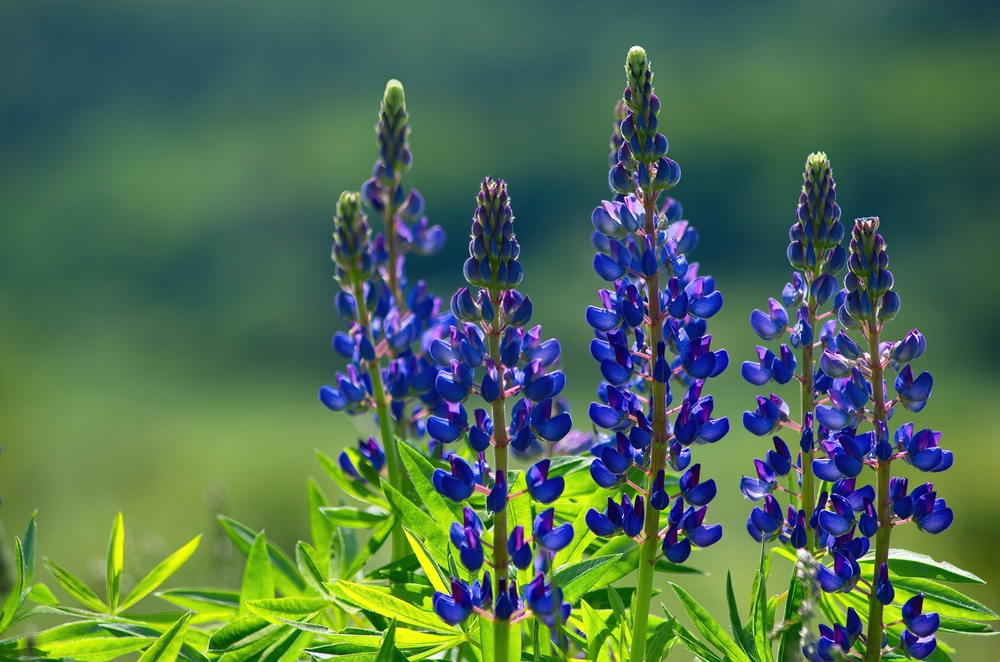
Lupins are beautiful perennial flowers known for their tall spires of vibrant, multi-colored blooms. They are perfect for sowing in September, as they need a cold period to help their seeds germinate. By planting them in the fall, you give the seeds time to establish strong roots before the winter sets in. Lupins can grow quite tall, reaching heights of up to 4 feet, and they add a dramatic flair to any garden. Their colorful blooms, ranging from purple to pink and yellow, make them a stunning feature in flower beds.
To grow lupins successfully, choose a sunny spot with well-drained soil. These plants prefer slightly acidic soil, so adding compost can help improve the soil quality. Water lupins regularly, especially during dry periods, but make sure the soil is not waterlogged. They benefit from regular deadheading to encourage more blooms throughout the growing season. Lupins are perfect for gardeners who want to create a bold and colorful garden display.
Cornflowers
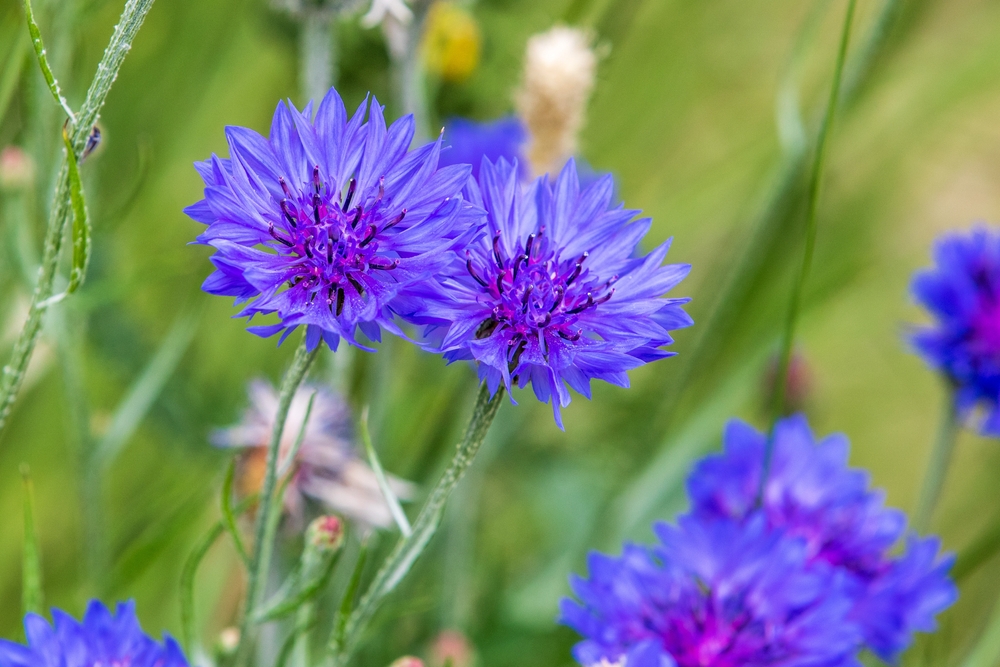
Cornflowers are bright, daisy-like flowers that add a cheerful touch to any garden. These hardy annuals are perfect for sowing in September to ensure they bloom early in the summer. Cornflowers are known for their vibrant blue flowers, but they also come in shades of pink, purple, and white. They grow well in full sun and well-drained, moderately fertile soil. By planting cornflowers in September, you give them plenty of time to develop strong roots, ensuring a bountiful bloom the following season.
Cornflowers are low-maintenance flowers that require minimal care once established. Regular watering is important, especially during dry spells, but be sure to avoid overwatering. Deadhead spent flowers to encourage the plant to produce more blooms. Cornflowers can be grown in flower beds or containers, making them a versatile choice for gardeners. These flowers are perfect for adding a pop of color to your garden while being easy to care for.
Snapdragons
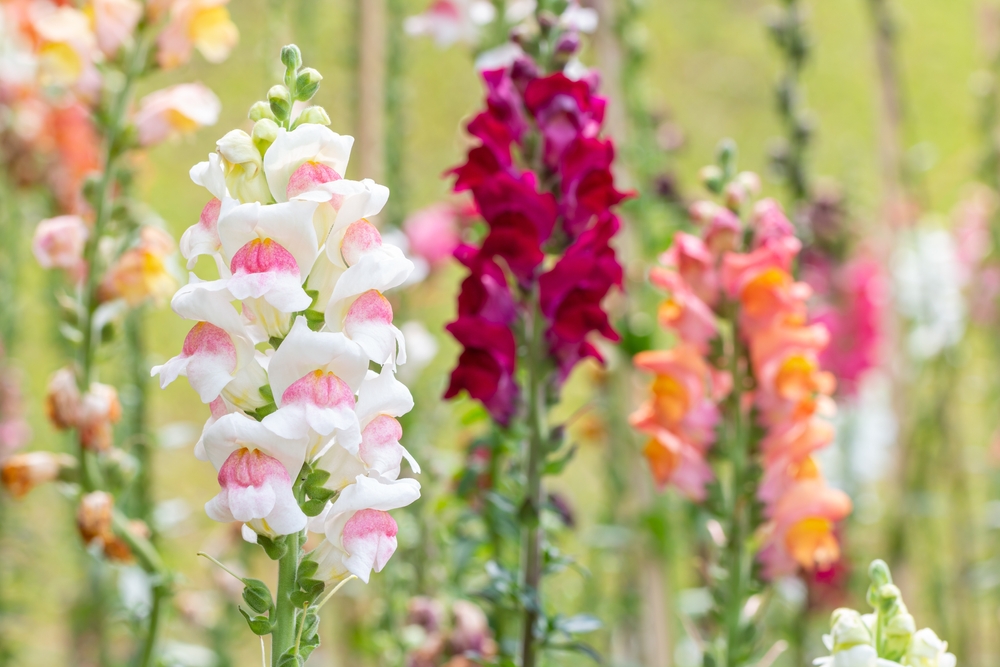
Snapdragons are popular flowers known for their unique, dragon-shaped blooms and wide range of colors. Planting them in September gives them time to establish roots, ensuring they bloom early in the spring. Snapdragons are available in many colors, including red, pink, yellow, and white, making them a versatile choice for any garden. Their tall flower spikes create a dramatic display, especially when planted in groups. Sowing them in fall ensures a vibrant spring garden full of color.
To grow snapdragons, choose a sunny spot with well-drained soil. Water the plants regularly but avoid letting the soil become too soggy. Snapdragons benefit from a light fertilizing every few weeks during the growing season. Prune them regularly to remove spent blooms and encourage new growth. Snapdragons are perfect for adding height and color to flower beds, borders, or containers.
Calendulas
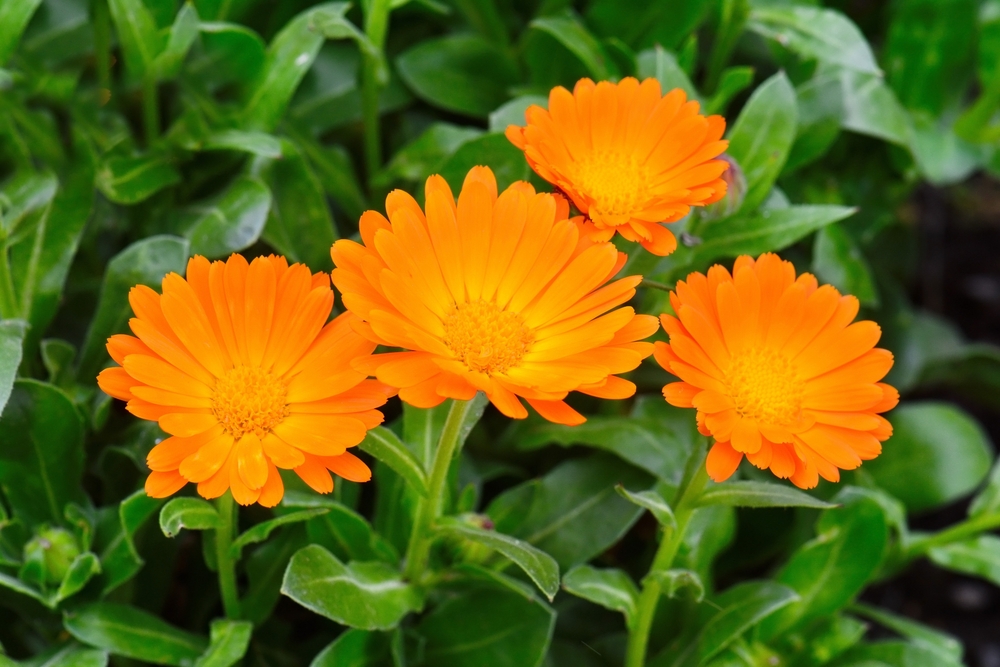
Calendulas, also known as pot marigolds, are cheerful flowers with vibrant yellow and orange blooms. Sowing them in September ensures they have enough time to establish strong roots before the colder months. These flowers are known for their easy growth and ability to bloom continuously throughout the growing season. Calendulas are perfect for adding a splash of color to your garden, and their flowers are edible, making them a great addition to herb gardens. By planting them in fall, you are guaranteed an early display of color the following spring.
Calendulas prefer well-drained soil and full sun, although they can tolerate some shade. Water them regularly, but avoid overwatering, as this can lead to root rot. Fertilize the plants lightly to encourage strong growth and blooms. Calendulas are low-maintenance, making them ideal for gardeners of all experience levels. These cheerful flowers will brighten up any garden with minimal effort.
Cosmos
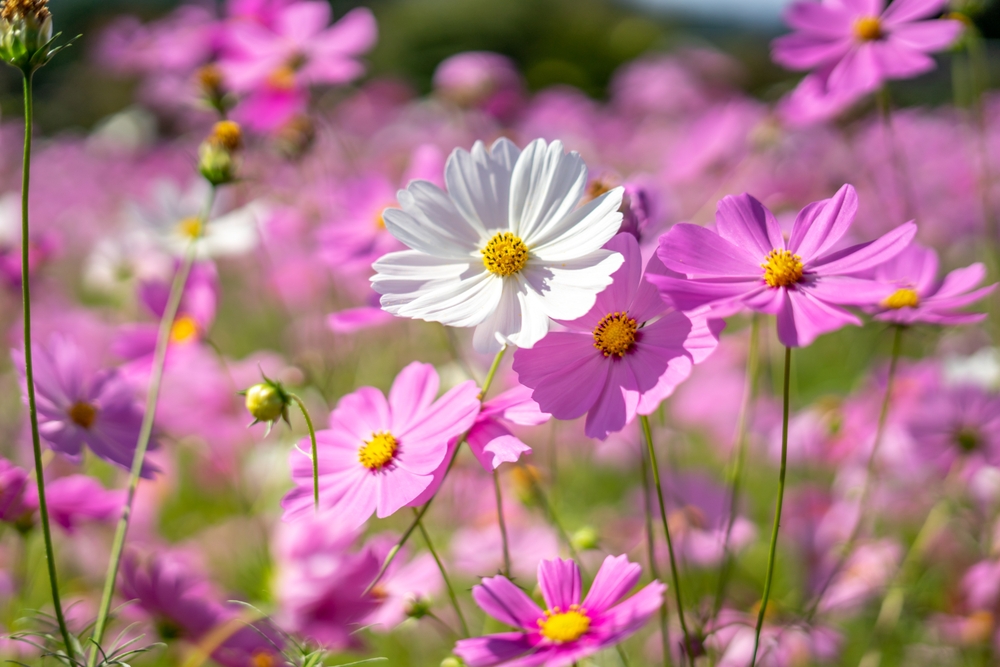
Cosmos are vibrant, daisy-like flowers that add a wildflower feel to any garden. These easy-to-grow plants are perfect for sowing in September, allowing them time to establish before winter. Cosmos come in a variety of colors, including pink, white, and purple, and they produce long-lasting blooms throughout the growing season. By planting them in the fall, you ensure they will be well-established and ready to bloom the following spring. Their airy, delicate appearance makes them a perfect addition to cottage gardens or flower beds.
Cosmos thrive in full sun and well-drained soil, and they are drought-tolerant once established. They should be watered regularly, but the soil must dry out between waterings. Deadhead the flowers regularly to encourage continuous blooming. Fertilizing lightly can help promote strong growth, but be careful not to over-fertilize, as this can lead to excessive foliage growth. Cosmos are perfect for gardeners who want an easy-to-care-for, beautiful flower.
Alyssum
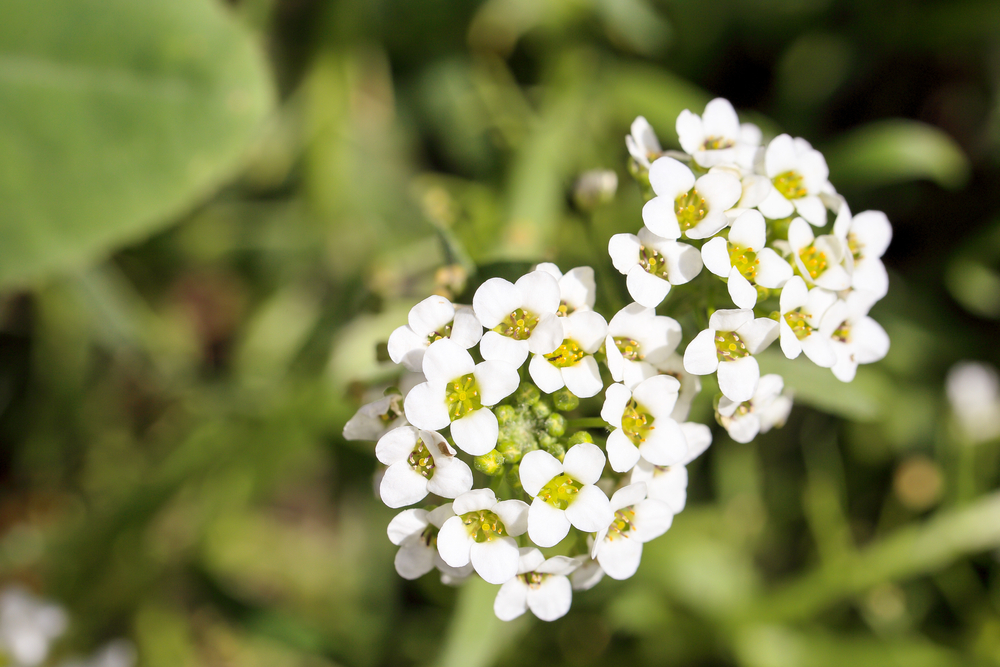
Alyssum is a low-growing flower that produces clusters of small, sweet-smelling blooms. These flowers are perfect for sowing in September, as they thrive in cooler temperatures and can withstand light frosts. Alyssum comes in a variety of colors, including white, pink, and purple, and it is often used as ground cover due to its spreading habit. By planting it in September, you will enjoy early blooms the following spring, creating a carpet of colorful flowers in your garden. Its fragrance also attracts beneficial insects, making it a great addition to any garden.
To grow alyssum, choose a sunny spot with well-drained soil. These flowers are low-maintenance and require little attention once established. Water them regularly, but avoid overwatering, as alyssum does not tolerate soggy soil. Fertilize lightly to encourage healthy growth and continuous blooms. Alyssum is perfect for filling in gaps in flower beds or as a ground cover in larger gardens.
With cooler temperatures during September and the right care, these flowers will establish strong roots and be ready to thrive come spring. Now is the time to take action and start planting. Get your garden ready for a breathtaking bloom display by sowing these flowers today.
This article originally appeared on Avocadu.
